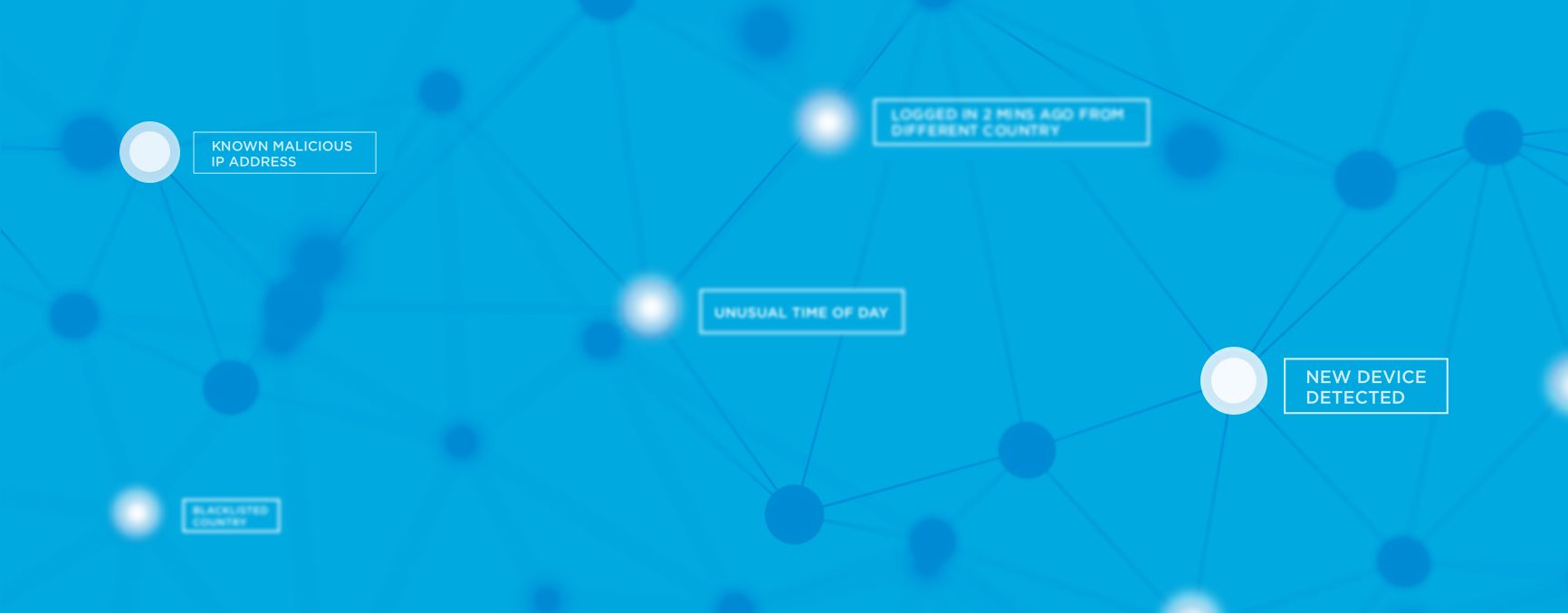
Today’s modern businesses are faced with numerous challenges including security concerns, risk mitigation, and compliance issues. As a result, access management (AM) solutions have become one of the most sought-after technologies in recent years. With access management, businesses can efficiently authenticate user identities and grant access to resources based on their level of authorization. Access management solutions also enable users to log in to applications and systems with one set of login details and can even help streamline employee onboarding and offboarding processes.
Read on to learn more about why you should implement access management solutions for your business and how it benefits your organization.
What is Access Management?
Gartner defines access management as “tools that establish, enforce and manage journey-time access controls to cloud, modern standards-based web and legacy web applications.” Think of this as a system which helps protect an organization from unauthorized access – which may result in a data breach or cyberattack. And while there are many benefits to using access management, such as improved compliance, greater user experience, and increased overall security, the best access management systems do the following with ease:
- Ensure consistent administration of user access rights and privileges across the entire IT infrastructure
- Track the activities and logon attempts from both authorized and unauthorized users
- Control the allocation of permission to access resources
- Ensure efficient user onboarding and offboarding
By taking advantage of all that access management has to offer, you can effectively reduce your company’s risk and improve data security to ensure that only authorized people are accessing your data. Here are a few common components of access management that are worth exploring.
- Single Sign-On (SSO) – Simplifies user access by providing a centralized way for users to access all the resources they need. SSO improves efficiency by reducing the need for users to enter their credentials repeatedly.
- Multi-factor Authentication (MFA) – Sometimes called two-factor authentication, is a system that requires at least two different methods of confirming your identity before granting you access to resources, such as websites and apps. This additional step makes it difficult for hackers to gain unauthorized access to your accounts. In recent years, leading vendors have added artificial intelligence and machine learning into their MFA offerings to enforce context aware authentication. Think of this as MFA that can know who you are, even before you’ve authenticated.
- Role Based Access Control (RBAC) – RBAC is a type of access control that is used to grant specific privileges to users based on their roles in an organization. With RBAC, users are given only the privileges that they need to perform their job functions. This improves security by reducing the risk of users being granted excessive privileges.
- Identity Lifecycle Management (ILM) – A critical aspect of information security, ILM is the process of managing user identities across multiple systems and applications. This involves not only creating and managing user accounts, but also assigning the appropriate permissions and security settings. A robust identity lifecycle management process will help you comply with industry regulations, such as the EU General Data Protection Regulation (GDPR), Health Insurance Portability and Accountability Act (HIPAA), and the Payment Card Industry Data Security Standard (PCI DSS) by ensuring that user access is appropriate throughout their entire life cycle.
Why You Should Implement AM for Your Business
The purpose of AM is to guarantee that access control is performed securely and to minimize the danger of unauthorized access to resources, automated processes, and data. This follows the principles of Zero Trust which, as defined by Gartner, is a “defensive security strategy that fundamentally redefines the security perimeter by treating all users as potential attackers, and all devices as potential sources of attack, without exception.” AM enables organizations to adopt this model of data and system security by ensuring that only authorized individuals have access, by enforcing role-based access controls which follow the least privilege model of access.
When implemented correctly, AM can help companies improve their user experience, strengthen their data security, and meet compliance standards. As an example, by implementing AM, you can ensure that your employees always have access to their work accounts with the appropriate permissions. This can help improve employee productivity and engagement. Moreover, AM can play an important role in monitoring user activity and flagging potential security threats. This can help you prevent data breaches and comply with the latest regulatory requirements.
Benefits of AM for Your Business
- Improved User Experience – With AM, you can provide your employees with one set of login details for all their work accounts. This can help improve their user experience and productivity by allowing them to access their accounts more quickly and securely. Another area of improved user experience is during the onboarding/offboarding process as user access to applications can be automated. This is critical, as a recent study conducted by the Identity Defined Security Alliance, showed that more than half of all organizations still require three days or longer to revoke a former employees’ system access.
- Strengthened Data Security – AM solutions can help you identify potential security threats and protect your company data. This is because they can monitor user activity and flag suspicious activity, such as suspicious logins, failed log-inslogins, or log-inslogins from a new location. Companies with the least rigorous privacy practices are twice as likely to suffer a data breach than companies with excellent data stewardship.
- Auditing and regulatory compliance – By implementing AM, you can help meet compliance standards by addressing the risks tied to user access and system data. This is achieved by controlling what your users can access and how that data or applications can be accessed. In fact, business disruption is the costliest consequence of non-compliance.
- Reduce Costs – One example of how AM can reduce your IT resource cost is through self-service password resets. According to Forrester Research, the average cost of a password reset is $70. With AM, the cost of a passwords reset drops to around $.30. The more passwords a user has, the greater the chance of forgetting them. SSO drives down help desk costs by reducing the number of required passwords to just one.
How to Start an AM Program for Your Company
- First, you should determine your company’s identity and access management requirements to determine the best AM solution for your business.
- Next, you should create a strategy and road map to help you prioritize the implementation process and identify the appropriate time to launch it. You can do this by assessing the cost, time, and resources needed for the project.
- Gather your stakeholders to create an AM project plan. This will help you track and monitor the project’s progress in addition to facilitating early dialog around potential impacts to internal departments. An AM project plan will also help you estimate the project’s completion date.
- In addition, create implementation plan to help ensure your program is launched in the most effective and efficient way. An effective plan will cover prescriptive guidance from the AM vendor, duration of the implementation, deployment timelines, application configurations, controls and governance and any additional setup requirements.
- Finally, you should create an AM implementation governance board to help you manage the program’s progress and ensure the highest levels of quality. This board can also help you monitor risks and troubleshoot issues if they arise.
Key takeaway
Access management solutions are critical to safeguarding your organization’s data and systems. AM can also help you manage user identities and access to company assets and in doing so strengthen data security, improve your user experience, and meet compliance standards. Moreover, it can also help reduce costs by reducing your expenses and streamlining user management.

